What Is Tet: Lunar New Year in Vietnam
When many Americans hear the word “Tet,” they immediately recall learning about the 1968 Tet Offensive during the Vietnam War. But what is Tet all about?
Considered the first day of spring and most important of national holidays in Vietnam, Tet is the annual Vietnamese New Year celebration, coinciding with the Lunar New Year celebrated throughout the world in January or February.
Technically, “Tet” is a shortened (thank goodness!) form of Tết Nguyên Đán, a way to say “Lunar New Year” in Vietnamese.
Although Tet can be a very exciting time to travel in Vietnam, it’s also the busiest time of the year to be there. Millions of people will be moving throughout the country, returning to their home villages to share reunions with friends and family. The Tet holiday will certainly affect your experience in Vietnam.
![]()
quangpraha / Getty Images
What to Expect
Because many shops and businesses are closed during the actual Tet holiday, people rush out in the weeks prior to take care of preparations. They purchase gifts, decorations, groceries for the upcoming family reunions, and new clothing. Markets become busy, and hotels in big cities begin to get booked up.
Tet is a great time to see Vietnamese traditions, games, and revelry. Public stages are set up throughout the country with free cultural shows, music, and entertainment. In the popular Pham Ngu Lao area in Saigon, special performances will be held for tourists. Much like during Chinese New Year, there will be dragon dances and lion dances. Although there are some private New Year parties, all public celebrations will be free to enjoy.
Traveling During Tet
Many Vietnamese people return to their home villages during Tet to visit family. Trains and buses between Saigon and Hanoi become filled up in the days before and after the holiday. Plan extra time if you’ll be wanting to move around the country.
Traveling during Tet is busy—you’ll need even more patience than usual. Parks and public monuments are crowded. But there are many parts of traveling during Tet to enjoy. Locals are often more congenial and outgoing during Tet. You’ll get to enjoy more cultural interactions. Spirits lift, and the atmosphere becomes optimistic. A greater focus is put on the ability to invite good fortune into homes and businesses in the upcoming year.
For travelers in Vietnam, Tet can seem incredibly noisy and chaotic as local people celebrate in the streets. Firecrackers are thrown and gongs (or other noisy objects) are banged to scare away mischievous spirits that could bring about bad fortune. Big fireworks shows rumble overhead. Any hotel rooms facing the street will be extra noisy during the Tet celebration.
Many businesses close in observance of the national holiday, and other places slow down with fewer staff on hand.
Many Vietnamese families take advantage of the national holiday by traveling to popular destinations in Vietnam to celebrate and enjoy time away from work. Beach areas such as Da Nang and tourist towns such as Hoi An will be busier than usual. Finding good deals for accommodation can be a challenge. Book far ahead; prices typically increase sharply during the holiday.
Vietnamese New Year Traditions
Tet is seen as a chance for a fresh start. Debts are settled, and old grievances are forgiven. Houses are cleaned of clutter and decorated with symbolic flowers. Plants get pruned, and drawers are cleared out. All preparations are meant to set the stage for attracting as much luck and good fortune as possible in the upcoming year.
Superstition permeates the air: Whatever happens on the first day of the new year is thought to set the pace for the rest of the year. Sweeping and cutting (including hair and fingernails) are taboo during Tet as no one wants to unknowingly remove incoming good luck!
Although Chinese New Year is observed for 15 days, Tet is typically celebrated for three days with some traditions observed for up to a week. The first day of Tet is usually spent with immediate family, the second day is for visiting friends, and the third day is dedicated to teachers and visiting temples.
One of the most important traditions observed during Tet is the emphasis put on who is the first to enter a house in the new year. The first person brings the luck (good or bad) for the year! Special people (who are considered successful) dear to the family are sometimes invited and given the honor to be the first to enter. If no one is invited, the homeowner leaves and returns a few minutes after midnight just to ensure they are the first to enter the house for the new year.
Because the primary aim is to attract good fortune for the new year, Tet and Chinese New Year share a lot of similar traditions.
How to Say Happy New Year in Vietnamese
Like Thai and Chinese, Vietnamese is a tonal language, making proper pronunciation a challenge for many English speakers.
Regardless, locals will understand your attempts through context during Tet. You can wish people a happy new year in Vietnamese by telling them chúc mừng năm mới. Pronounced roughly as it is transliterated, the greeting sounds like: “chuop moong nahm moy.”
The Dates for Tet
Like many winter holidays in Asia, Tet is based on the Chinese lunisolar calendar. The date changes annually for Lunar New Year, but it usually falls in late January or early February.
The first day of the new lunar year occurs on the new moon between January 21 and February 20. Hanoi’s time (GMT+7) is one hour behind Beijing, so some years the official start of Tet varies from Chinese New Year by a single day. Otherwise, you can just assume the two holidays coincide.
Upcoming dates for Tet in Vietnam:
- 2021: February 12 (Friday)
- 2022: February 1 (Tuesday)




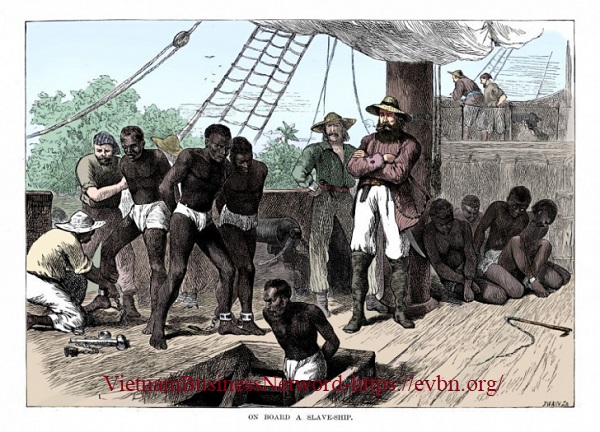
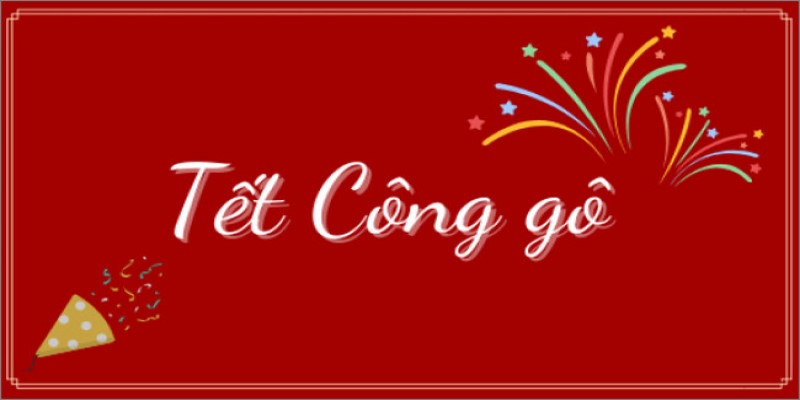
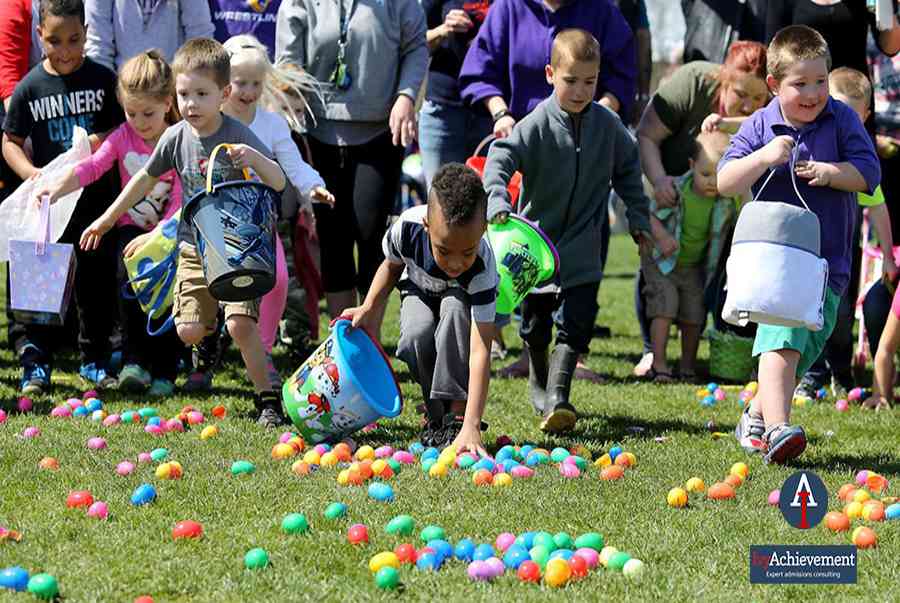
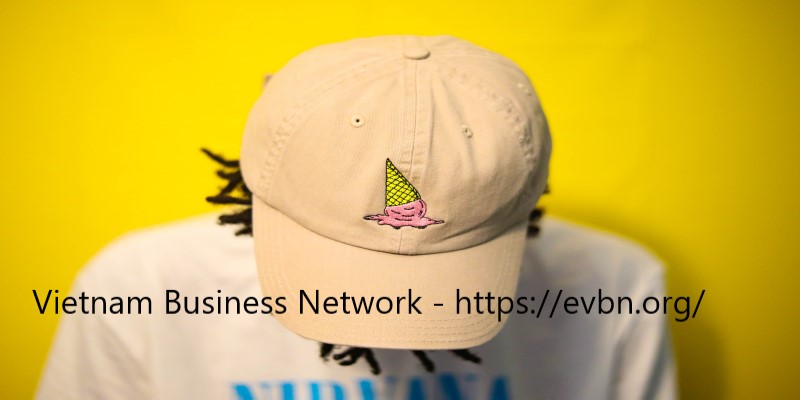
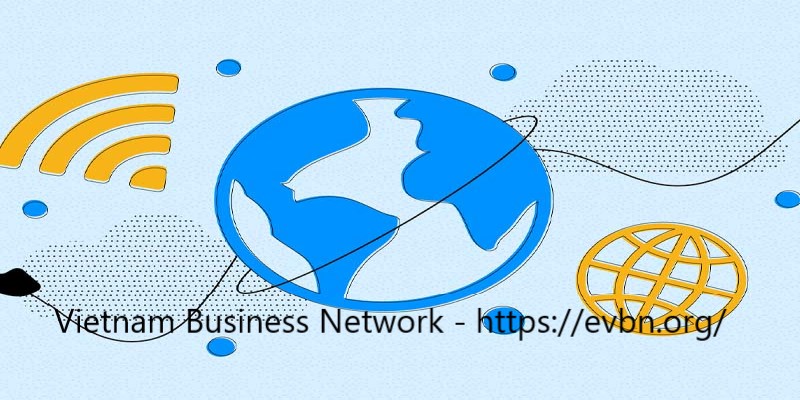
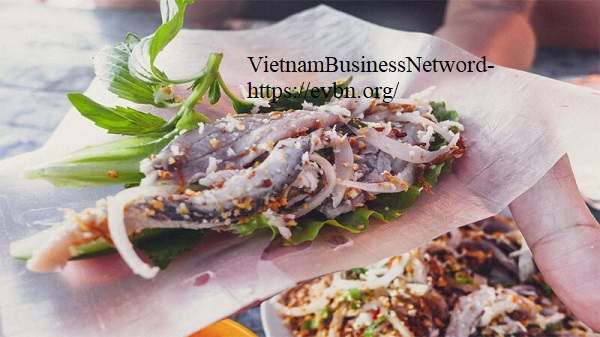
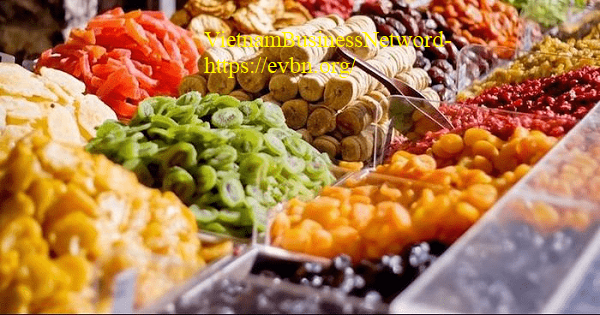
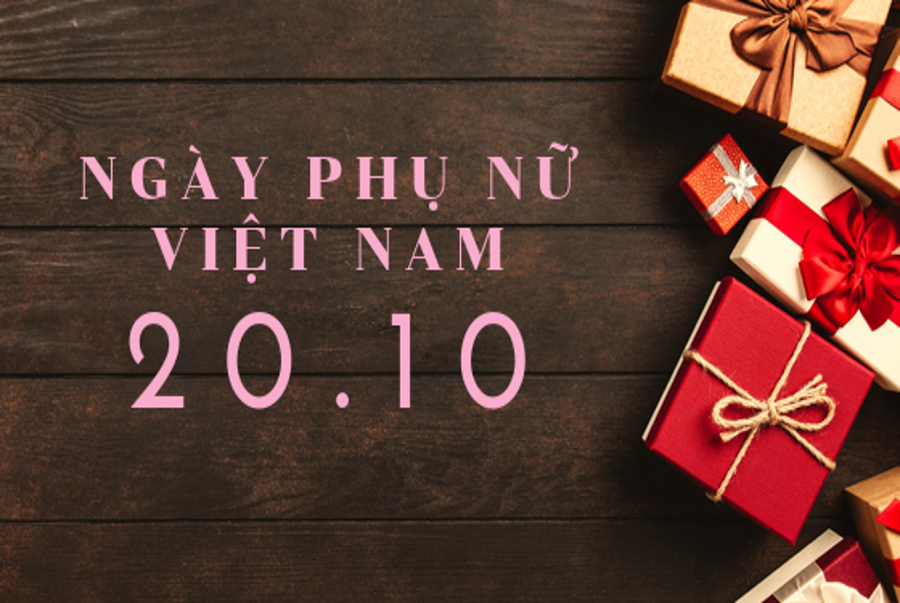
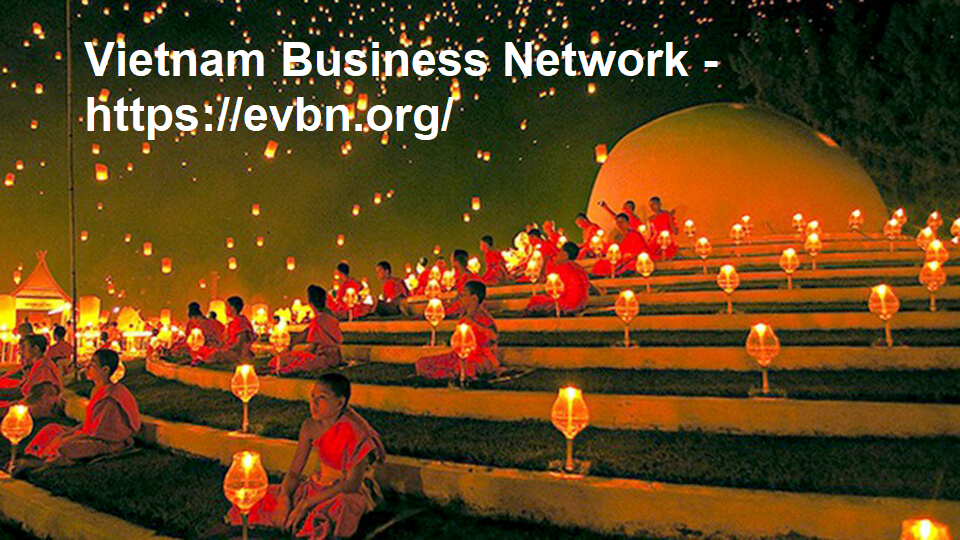
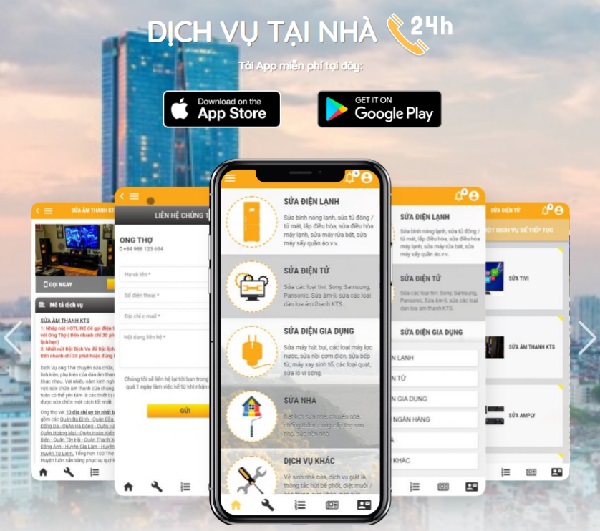

![Toni Kroos là ai? [ sự thật về tiểu sử đầy đủ Toni Kroos ]](https://evbn.org/wp-content/uploads/New-Project-6635-1671934592.jpg)


